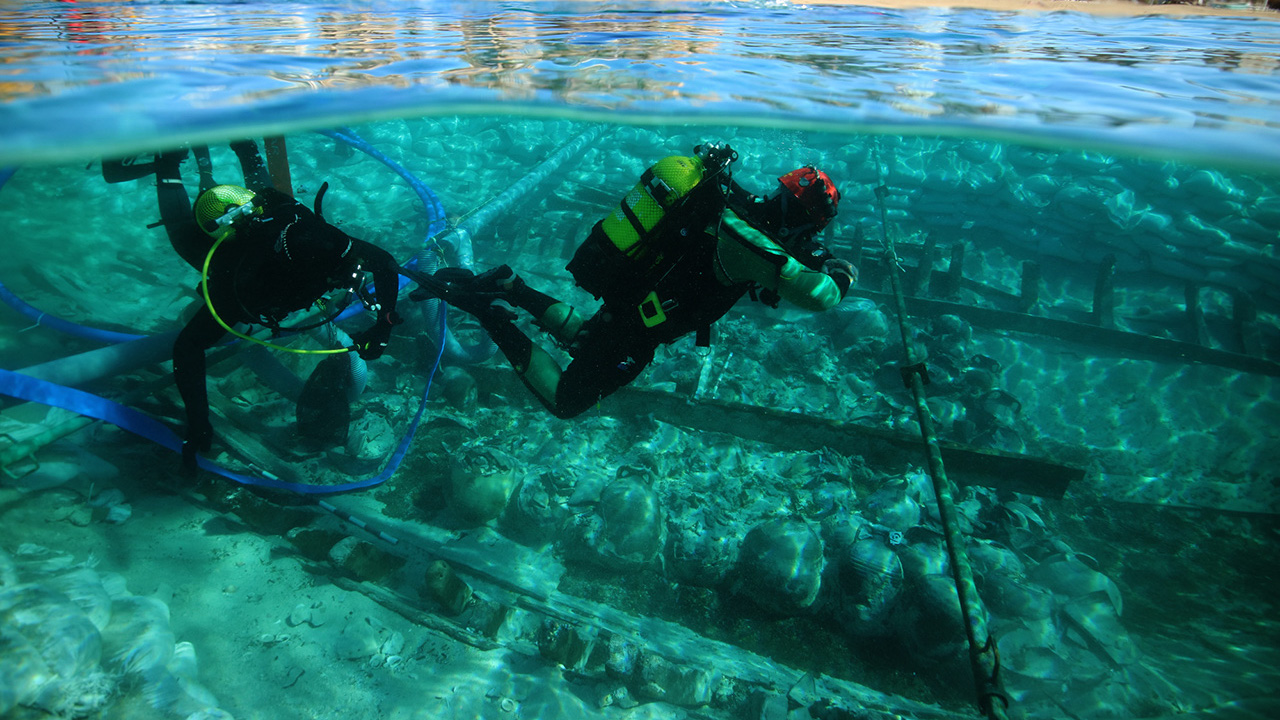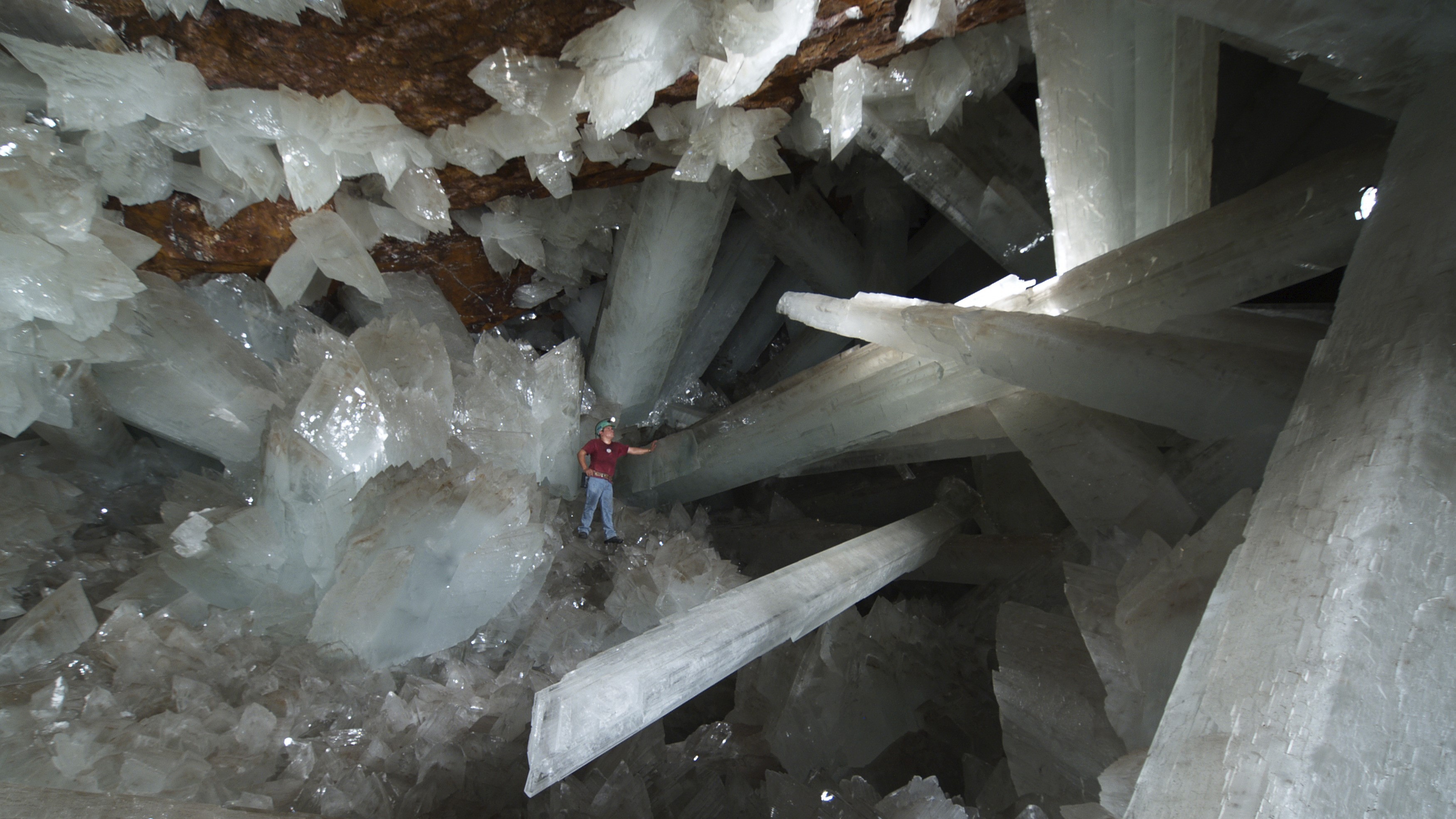Coatings, Vol. 14, Pages 197: The Effect of Chemical Composition on the Microstructure and Properties of Multicomponent Nickel-Based Boride Layers Produced on C45 Steel by the Hybrid Method
Coatings doi: 10.3390/coatings14020197
Authors: Michał Tacikowski Grzegorz Łukaszewicz Michał Kulka Ryszard Diduszko Tadeusz Wierzchoń
Layers of iron–nickel Fe-Ni-B-type borides were produced on C45 steel using a new hybrid treatment variant which combines boriding under glow discharge conditions with galvanic nickel precoating. The aim was to investigate whether these layers could constitute an alternative to the previously developed multicomponent Fe-Ni-B-P-type layers produced by a hybrid treatment variant using chemical nickel precoating. The basis for assessing the effects of both alternative treatments was a comparative analysis of the microstructure and performance properties of three model boride layers: iron–nickel boride layers of the Fe-Ni-B and Fe-Ni-B-P types, and reference iron Fe-B-type boride layer. It was demonstrated that the new variant of hybrid treatment produces Fe-Ni-B layers with the highest thickness, slight porosity, the optimal structure of Ni2B boride in the near-surface zone and the best performance properties. These layers show good adhesion, a much higher hardness of 2200 HV0.05 and near-surface compressive stresses of −450 MPa. Fe-Ni-B-P layers show slightly better wear resistance for higher loads, but like Fe-B layers, they are susceptible to spalling. It was demonstrated that Fe-Ni-B layers produced using boriding with nickel galvanic steel precoating could find application in heavy-duty elements of nanobainitic steel processing.

 3 months ago
17
3 months ago
17


